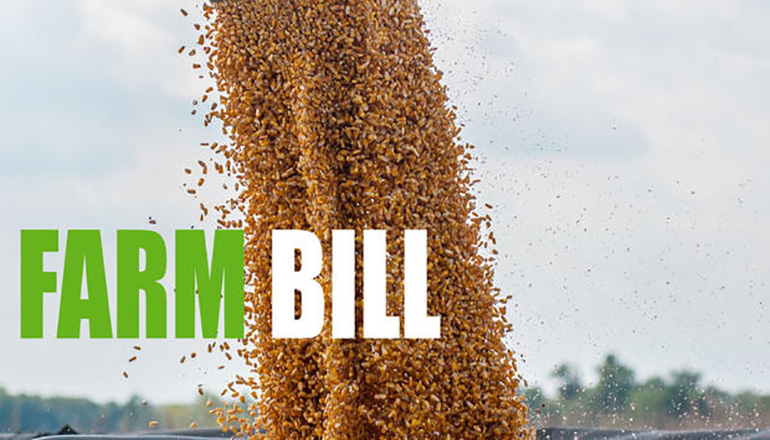(Missouri Independent) – Congressional Democrats on Wednesday touted conservation programs for farmers and ranchers as key tools for limiting agriculture’s impact on the global climate as they took initial steps to create the next farm bill.
One Republican’s response: So what?
“We’ve talked primarily about climate change, and I gotta to be honest with you,” U.S. Rep. Rick Allen, R-Georgia, said in a Wednesday subcommittee meeting of the House Agriculture Committee. “When I’m in my district, I don’t hear anything about climate change.”
He said people are more concerned right now about the cost and availability of fuel and food, and that “the reason for our farm bill is to ensure that we have adequate food supply for this country and that it be efficient and safe.”
The conservation and forestry subcommittee met to review federal conservation programs that are governed by the farm bill, which was last renewed in 2018 and partially expires next year.
The projected cost of the wide-ranging law was about $428 billion over five years, according to the Congressional Research Service. Most of that money — 76% — goes to low-income residents to buy food, but the rest helps mitigate the risks for farmers of low commodity prices and weather-related disasters and funds voluntary conservation programs.
Chief among them is the Conservation Reserve Program, which pays farmers to set aside their land from agricultural production to boost soil quality, sequester carbon and prevent fertilizer runoff, among other environmental benefits.
The U.S. Department of Agriculture announced new incentives last year to bolster the program and exceeded its goal of enrolling 4 million new acres across the country.
“It’s the biggest working lands conservation program that we have, and it’s very successful,” said Terry Cosby, chief of the USDA’s Natural Resources Conservation Service.
Cosby conceded under questioning from lawmakers Wednesday that those efforts have been stymied because the program and others like it can be difficult for farmers to navigate and the NRCS has had trouble fully staffing its field offices that help facilitate the program.
He said the NRCS has hired about 3,000 employees in the past two years but is about 700 shy of its maximum of more than 11,000.
The economic benefits of those programs for farmers are two-fold: They receive up-front payments for setting aside land and later reap the benefits of better soil quality, said Zach Ducheneaux, administrator of the USDA’s Farm Service Agency, which oversees the Conservation Reserve Program.
“Conservation equals soil health; soil health equals improved production,” he said.
U.S. Rep. Abigail Spanberger, D-Virginia, who heads the subcommittee that met Wednesday, has supported legislation that would allow farmers to earn carbon credits they can sell by sequestering carbon or reducing greenhouse gas emissions.
“While we call them conservation programs, they have climate value,” she said of the USDA programs. “They also have economic value to our rural communities and our producers.”






